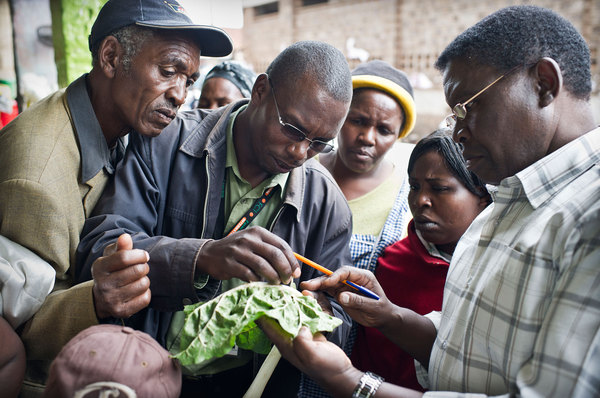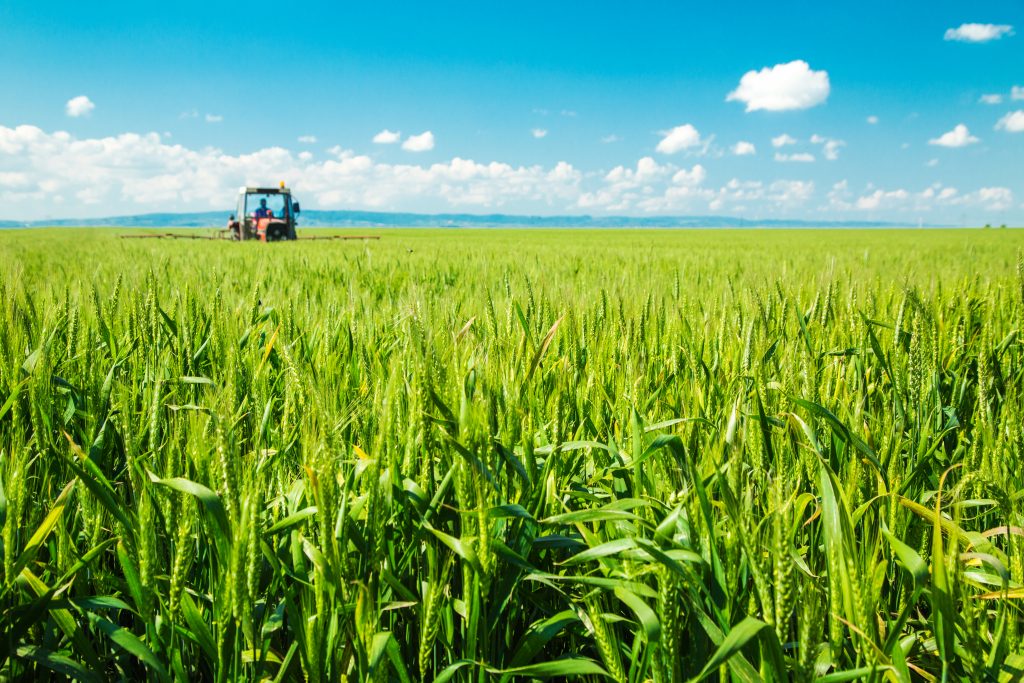The future for coastal farmers in Bangladesh
A recent study published in Nature Climate Change has suggested that the future global effects of climate change will impact the livelihoods of over 200,000 coastal farmers in Bangladesh as sea levels rise. Flooding of saltwater is already negatively impacting coastal residents in the country as soil conditions alter, causing farmers to either change from…
Improving food crop yields using blue-green algae
Using specialised carbon-fixing material from blue-green algae, scientists have successfully engineered crop plants to boost photosynthetic productivity and crop yields. This exciting development promises to increase the yield of important food crops such as cassava, wheat and cowpea.
Philippine farmers worst hit by Typhoon Mangkhut
Typhoon Mangkhut (local name: Ompong) recently swept across the northern island of Luzon, Philippines, severely affecting the country’s bread basket. According to the National Disaster Risk Reduction and Management Council, approximately 171,932 farmers have suffered as a consequence of the storm.
The Bugs Are Coming, and They’ll Want More of Our Food
Reblogged from The New York Times Climate change is expected to make insect pests hungrier, which could encourage farmers to use more pesticides. Ever since humans learned to wrest food from soil, creatures like the corn earworm, the grain weevil and the bean fly have dined on our agricultural bounty. Worldwide, insect pests consume up to…
Investing in smallholder farmers for a food-secure future
Smallholder farmers provide the vast majority of the world’s food supply, and ‘small-scale farming’ is the largest occupation group of economically active people, 43% of which are women. Approximately 2 billion of the world’s poorest live in households that depend on agriculture in some form for their livelihoods, whether this is for market or subsistence.…
The benefits of crop rotation for corn and soybean
Many farmers who grow soybean and corn also integrate crop rotation strategies to avoid the continuous corn yield cost, but scientists from the US have given a new reason to use crop rotation. Evidence suggests that rotating crops increases yield and lowers greenhouse gas emissions compared to monoculture corn or soybean.
Drought Resistance Hormone Discovered in Plants
Researchers at the RIKEN Centre of Sustainable Resource Science (CSRS) in Japan have discovered a hormone linked to the stimulation of drought-resistant characteristics in plants. Published in the journal Nature earlier this month, the study shows how the peptide CLE25 is synthesised in the roots of plants when under stress due to a lack of…
Women farmers in Ekxang Village equipped with pest-smart practices against pest and disease outbreaks
by Sathis Sri Thanarajoo. Reblogged from CCAFS: CGIAR News blog. The Pest Smart program aims to enable farmers, particularly women and marginalized groups, to become resilient against potential pests and diseases outbreaks due to climate change. The Pest Smart program promotes the adoption of climate-smart practices that manage pests and diseases, and empowers women to be actively…
Developing pest-smart farmers in Cambodia
In Rohal Suong Climate-Smart Village, adoption of ecological engineering practices has improved farmers’ ability to prevent pests and diseases outbreaks while reducing pesticides use. Every year, a great portion of Cambodian farmers’ income is at risk because of possible pests and diseases (P&D) outbreak. Aside from the inadequate knowledge of farmers, climate change aggravates the…
Is it time for genetically modified bananas in Uganda?
Uganda is the world’s second largest producer of banana crop, with individuals consuming around 1.5 pounds of banana every day. Due to this major need for the success of banana crops within the country, plant pests and diseases are ever more threatening.




